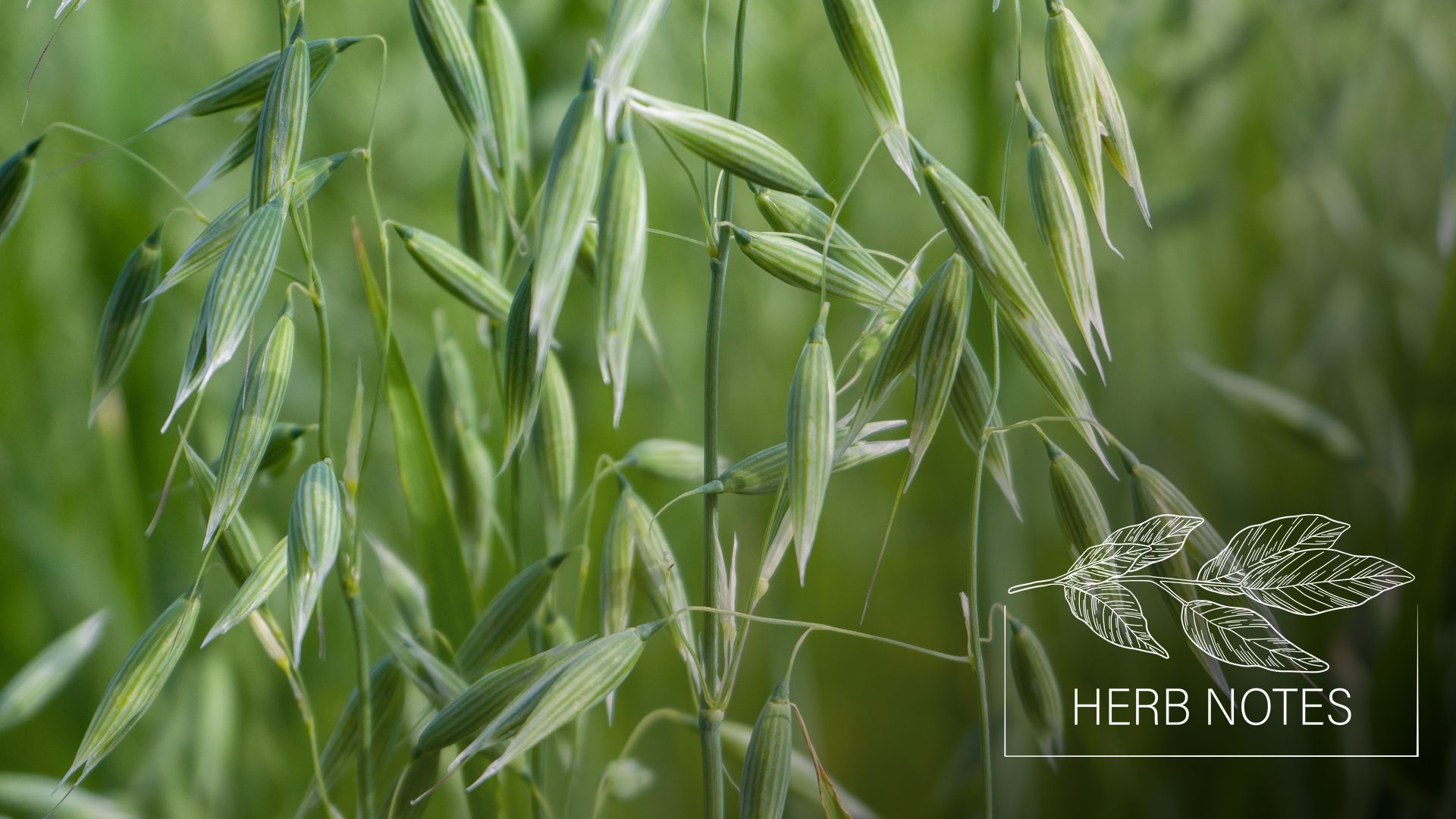
Herb Notes: The Benefits of Peppermint
As one of the most popular herbal teas in the world, peppermint's ubiquitous flavor can bring a sense of familiarity and comfort. Peppermint (Mentha x piperita) is more than just a tasty beverage though: the peppermint plant has a rich history of medicinal usage.
Want to learn more about the many gifts of peppermint?
Let's dive into three key health benefits of peppermint...
1. Peppermint for Healthy Digestion
One of peppermint's most popularly known health benefits is its ability to soothe some common digestive issues. Drinking a cup of peppermint tea can soothe an upset stomach, ease gas and bloating, dissipate mild nausea, and calm a nervous stomach. That cup of peppermint tea can also help freshen bad breath — making peppermint a fantastic herbal ally for oral care.
2. Peppermint for the Nervous System
Peppermint can have a simultaneously soothing and uplifting effect on the nervous system. Peppermint has a stimulating quality that can bring a sense of alertness to the mind, but it also can ease musculoskeletal tension and promote a general sense of calm.
Peppermint can have this effect in various herbal preparations, including as a syrup, tincture, and tea. External applications of peppermint oil (with the leaves infused into a carrier oil) and peppermint essential oil in a carrier oil can also have this effect.
3. Peppermint for Pain
In addition to soothing digestive pain with a cup of peppermint tea, I also work with peppermint to ease muscular pain throughout the body. Peppermint is classified as an "antispasmodic," meaning it can gently ease spasm and promote deeper relaxation for muscles.
To experience the antispasmodic effects of peppermint, I like to either apply an external poultice of peppermint leaves to the affected muscle or massage the area with peppermint oil — either a carrier oil infused with peppermint leaves or a carrier oil with peppermint essential oil in it).
Peppermint Contraindications
As with many plants, peppermint has many potential health benefits and some key contraindications too.
Though peppermint has a generally soothing effect on the digestive system, it is contraindicated for gastroesophageal reflux disease (GERD).
Taken in excess during lactation, peppermint can also dry up breast milk.1
Want to Learn More About Other Common Herbs' Benefits?
Now that you've learned a little bit about the health benefits of peppermint, you might be wondering how you can learn more about the medicinal properties of other common plants.
Well, here’s the easy way to get more info about some of our favorite herbs: download a FREE deck of our top 12 Herb Notes here. You’ll learn all about the medicinal properties of common herbs like elderberry, dandelion, and more.
And before I go, I couldn't help but answer a few frequently asked questions about peppermint...
How do I prepare peppermint tea?
You can either use a few peppermint tea bags or 1 teaspoon of dried peppermint leaves. Place the peppermint in a cup and pour hot water over the herbs. Place a lid over the cup as you let it steep for 5 minutes. Remove the herbs and enjoy the benefits of peppermint tea — simply delicious herbal preparation.
If you have fresh peppermint, you can use a few sprigs of the fresh leaves instead of the dried. This will have a milder but also very pleasant flavor.
What kinds of peppermint herbal preparations can I make?
There are many different peppermint leaf extracts you can make! Some of my favorite peppermint extracts include peppermint tincture, glycerite, honey, syrup, and tea. I also like to make peppermint-infused oil as a topical for muscle aches and pains. Peppermint leaf extracts make for a wonderful addition to a home apothecary because the peppermint plant is so versatile.
There are so many types of mint — is peppermint the same as spearmint?
Peppermint (Mentha x piperita) is actually a cross between spearmint (Mentha spicata) and water mint (Mentha aquatica). Spearmint and water mint both contain less menthol content than peppermint, so they have a milder flavor. For this reason, spearmint tends to cooked with more frequently; though fresh leaves of peppermint also make a wonderful culinary addition.
Why is peppermint's Latin name "Mentha x piperita" not "Mentha piperita"?
Peppermint's latin name is Mentha x piperita instead of Mentha piperita because peppermint is a cross between water mint and spearmint. The "X" indicates that Mentha x piperita is a hybrid — if it was just named "Mentha piperita" we wouldn't know about it being a hybrid!
How do I make peppermint lip balm?
You can easily make a peppermint lip balm with this recipe here. This lip balm recipe is a combination of peppermint oil (peppermint essential oil, that is) with a pine-infused carrier oil for a truly nourishing balm.










